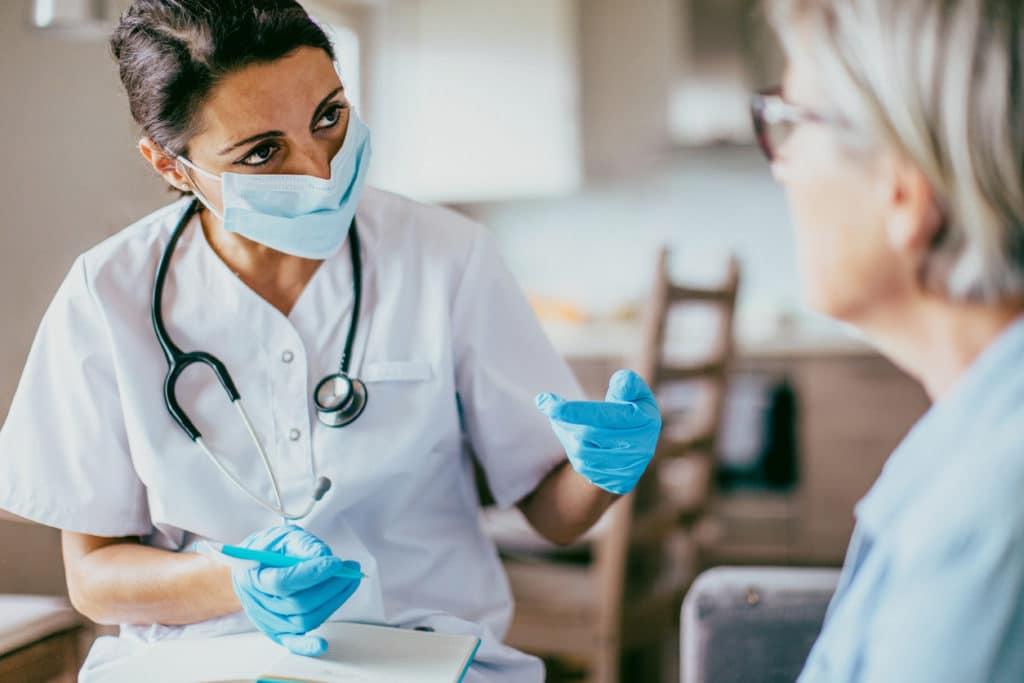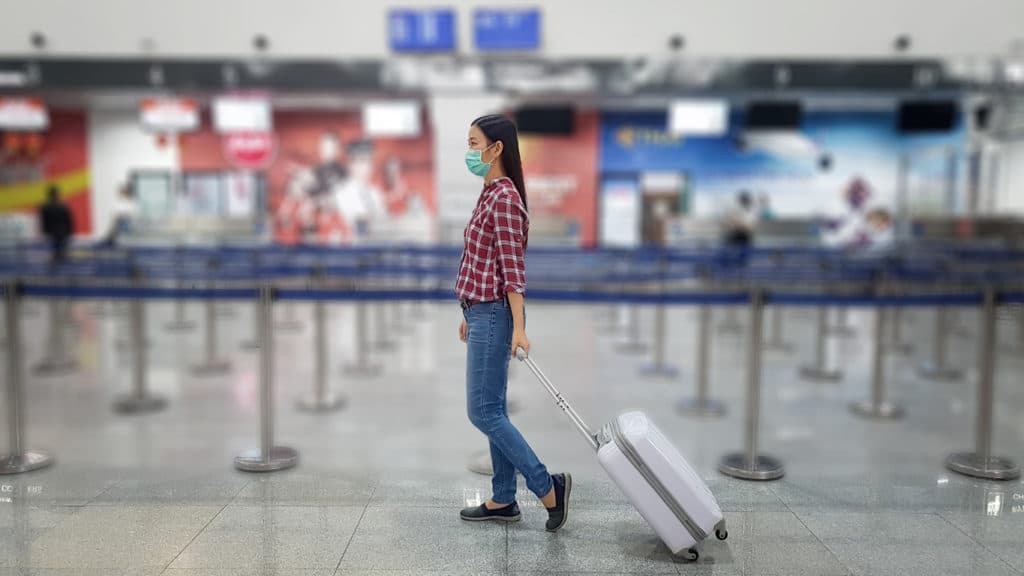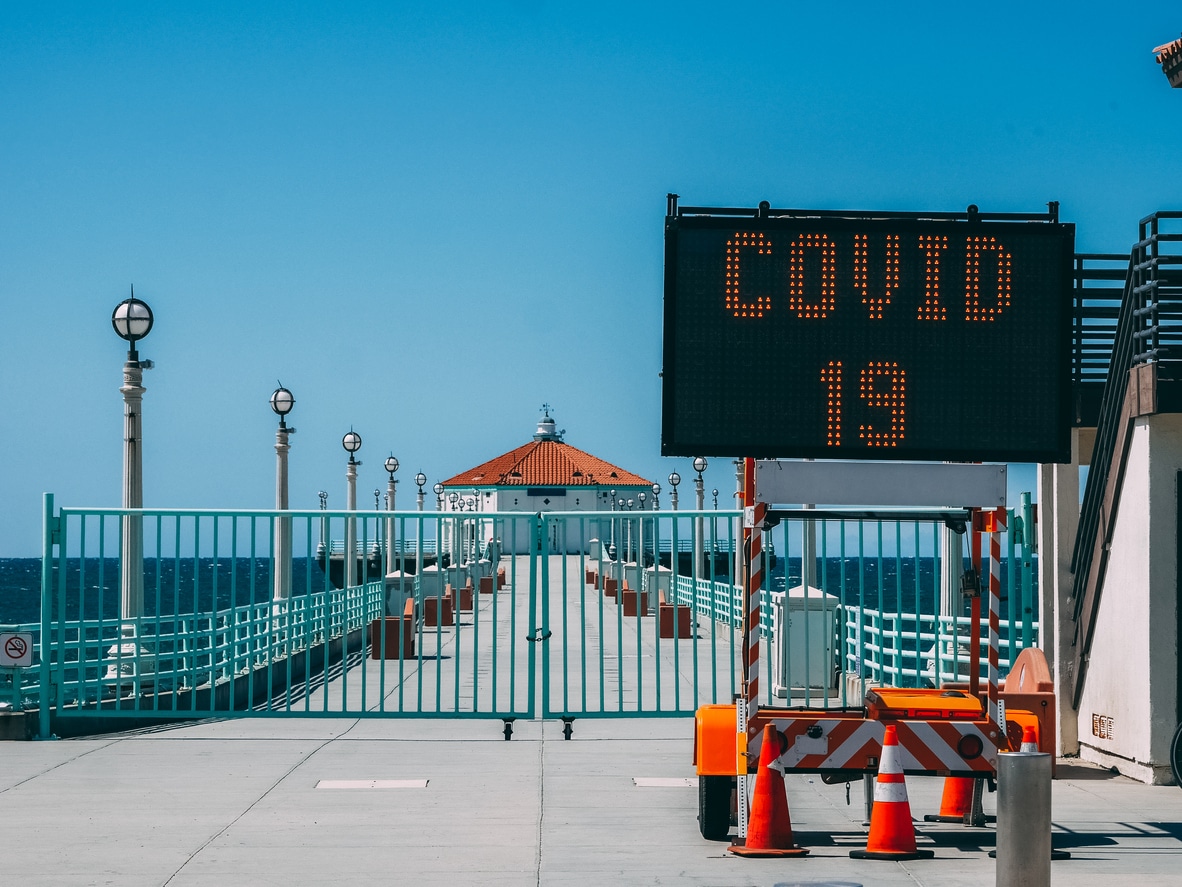After weeks or months of quarantine, we are itching to get back to real life. Summer is here, and the urge to get out of the house and connect with people is top of mind for many of us. But what does “back to normal” mean now?
This will depend on where you live, of course, and what local restrictions are in place in your area. It will also depend on your own personal circumstances: your age, your health, who you live with, whether you are an essential worker or not — and many other factors and preferences.
It’s important to realize that until there is a vaccine for SARS-CoV-2 or a treatment that works, the risk of COVID-19 still exists. That being said, some activities and interactions are lower risk than others. And some activities are worth the risk for some people: Mental health and children’s social development are all important considerations, as are the practical necessities of needing to work and being able to go for health check-ups and dentist appointments.
In every situation, people will need to balance risks against benefits and make the decision that’s right for themselves — within the confines of local public health regulations. This guide will give some tips on how to evaluate different situations and decide what’s best for you and your family, as well as give some examples of activities with different levels of risk.
How do I know how safe a situation is?
Over the next few months, and maybe well into 2021, we will all need to become skilled at assessing the epidemiological risk for different social situations. That means weighing up whether a situation is high-risk, medium-risk, or low-risk for coronavirus transmission. Once we’ve assessed the risk, we will need to decide whether that is a risk we are willing to take for ourselves and our household (provided of course that risk is lawful).
Being able to weigh up risky situations versus less risky situations will be based on facts about the SARS-CoV-2 virus and how it is transmitted. It will also depend on how the pandemic is behaving in your local area. Both of these things will continue to evolve month by month, and sometimes week by week, so do your homework and stay informed on all the latest developments.
The basics of how to assess transmission risk in any given situation are to ask yourself these four questions:
- How much time are you spending with someone who could be infected? The more time you spend with someone who is infected, the higher the risk of transmission.
- How much space is there between you and someone who could be infected? The closer you are to that person, the higher the risk of transmission.
- How many people are you interacting with? The more people you are with, the higher the risk of transmission (and the greater the contact-tracing effort that needs to happen if someone gets sick).
- How risky is the place in which you are interacting? Being indoors with people increases the risk of transmission.
Armed with this information, you should be well-equipped to make wise choices for you and your community about how to come out of lockdown.
Which activities can be done while avoiding coronavirus infection?

Depending on your local restrictions, and your personal circumstances, low-risk activities for community coronavirus transmission include activities with a small group of people outside your home bubble, at a distance of 6 feet, outside. Here are some examples of activities that could be low-risk:
- Exercising outdoors: You can do this either alone or in a socially distanced way. Golf, running, cycling, and hiking are all pretty low-risk activities. It’s safer not to share balls. Avoid contact sports such as soccer or basketball.
- Attending a backyard gathering: This could be with another family or household who has been quarantined. Keep a social distance, avoid sharing food and drinks, and avoid drinking too much alcohol so that your judgment isn’t impaired.
- Spending a day at the beach: Keep a social distance from others both on land and in the water. Try to avoid crowds and take care around entry points, parking lots, and restrooms.
- Going camping: Camping is especially safe if it’s in an isolated outdoor area, with your household, and very few other people around. Take care around public restrooms and picnic areas. Don’t share a tent with someone who is not in your family or household.
- Staying in a vacation home or vacation rental: Doing this with one other family who has also been quarantined would also be pretty low-risk. Cleaning the major surfaces in the house helps keep the risk low.
Which activities are higher risk but may be worth the risk?
Any activities that involve the following put you at higher risk of being exposed to and infected with coronavirus:
- Being with more than one other household
- Spending time with people who are sloppy with social distancing
- Being indoors
- Remaining confined in a small space
- Having physical contact
- Sharing surfaces
Here are some examples of situations or activities that are higher risk, but that may be a risk worth taking for you and your household:
- Using a public restroom: This is especially risky if the restroom is poorly cleaned, inadequately ventilated, and highly trafficked.
- Staying in a hotel: The hotel room itself is probably pretty low-risk, but hotel lobbies and elevators have a lot of surfaces touched by a lot of people.
- Going to a salon or barbershop: It’s impossible to be 6 feet away from the person cutting your hair, doing your nails, or waxing your eyebrows. That being said, if coronavirus spread in your area is low, your hairdresser or beautician and you are wearing masks, the salon or barbershop is clean and regularly disinfected, and there are contactless payment methods, then the risk could be reduced.
- Going shopping for non-essential goods: Avoid indoor shopping malls with high-touch areas, public restrooms, and crowds. Choose outdoor retail spaces instead, or shop by appointment in small locally owned businesses.
Which activities are not safe right now?
Here are some high-risk activities that are best to refrain from at the moment — unless they’re absolutely unavoidable.
- Large celebrations and weddings with more than 10 guests: Even if these are outside, drinking alcohol and celebrating may make it hard for people to keep a social distance. Crowds also bring together people from different homes and communities, making the risk of transmission much higher. Funerals may seem unavoidable, but they put mourners at high risk of contracting the virus.
- Indoor religious services: These are a perfect place for community virus transmission: physical closeness of people of different ages from different households in an indoor space with singing. Smaller services, with limited attendance, social distancing, and face coverings are an alternative.
- Indoor restaurant dining: This is a risky behavior as lockdown eases. Even with limited numbers of diners, people tend to stay for a few hours in a small, closed space with strangers. Diners cannot wear masks, and so they are talking and eating, spraying microscopic droplets into the air around them. Add in an air vent, and it’s a recipe for disaster. Dining al fresco (outside) is a lower-risk option, but taking out is still safest.
- Nightclubs, sports games, and concerts: These are all super-high-risk activities right now. Crowds, close contact, singing, shouting, sweating, and alcohol create a perfect hotspot for virus transmission.
Is it safe to see my doctor or dentist?

If you’ve been putting off seeing your doctor, dentist, physical therapist, or other healthcare professional, or you’ve had an appointment canceled, you might be wondering when you can safely see your provider again.
The short answer is that as soon as your provider’s office is open for non-emergency business, then it is probably safe. Your providers will have done the hard work of weighing up the risks of reopening versus the risks of coronavirus transmission for you.
Many healthcare providers opening up to non-emergency visits are putting in place the following measures to reduce the risk of coronavirus transmission as much as possible:
- Adequate personal protective equipment for staff
- Forehead temperature screening and COVID-19 symptom screening
- Rigorous cleaning and disinfecting
- Enforced face masks and alcohol gel for providers and the public
- Limiting how many people (parents, children, carers) can accompany each person
- Spreading out appointments
- Limiting the number of people in the office at any time
- Bypassing the waiting room, or spreading out waiting room chairs
- Removing waiting room magazines, books, or toys
As with any other activity, deciding what’s right for you will depend on your personal circumstances. If you’re worried about a worsening health condition, then don’t let fear of COVID-19 put you off from getting the medical attention you need. At the same time, if you’re worried about the risk of coronavirus transmission in your health provider’s office, and your health problem is stable or non-urgent, then you may choose to wait.
If you’re not sure, talk to your provider’s office about your medical concerns. Together you can decide whether an in-person visit is a good idea for you, or whether they offer other options such as telemedicine or a telephone visit.
Most major health insurers and Medicare are covering telemedicine visits during the pandemic, but it’s a good idea to double check with your insurer or benefit manager.
Is it safe to go back to the office?
Many people are wondering when office life will resume. There isn’t a straightforward answer to this. It depends on your local area, your office, your business, how effectively people can work remotely, and your own personal circumstances. Some corporate companies have said that remote working will continue until 2021.
What is sure is that if and when we do return to the office, new office working life will be very different from the one we once knew. Desk occupancy will be limited, in-person meetings will likely still take place virtually, communal food and drink stations will be a thing of the past, and commuting on public transit may be discouraged.
When will it be safe to fly?

You can fly right now if you want. But there are pretty significant risks involved. You will be traveling through large transport hubs, coming into contact with multiple high-touch surfaces and with people from all over the world. Even if you wear a mask, wash your hands regularly, and practice scrupulous social distancing, it is hard to avoid the risk of coronavirus transmission completely. You must ask yourself if it is a risk worth taking.
As always, the decision you make will depend on your own personal risk and your circumstances (your age and whether or not you have other medical problems). Your decision will also depend on how necessary the trip is. For example, a planned relocation or a sick relative may be necessary and worth the risk — for you.
Lastly, bear in mind that many places will require you to quarantine for 14 days upon arrival on their shores, including the U.S.
The bottom line
As we venture back out after stay-at-home orders, we’ll need to be able to size up how safe a situation is based on factors such as time, space, and the number of people involved. Some activities, such as exercising outdoors by yourself, are lower risk than activities such as indoor religious services or large celebrations. Visiting the doctor or dentist may be OK, but flying poses significant risks.
This article originally appeared on GoodRx.com

Dr. Sophie Vergnaud, MBBS
Clinical Physician
Clinical expert on the GoodRx Research team. She specializes in pulmonology and all things internal medicine.


